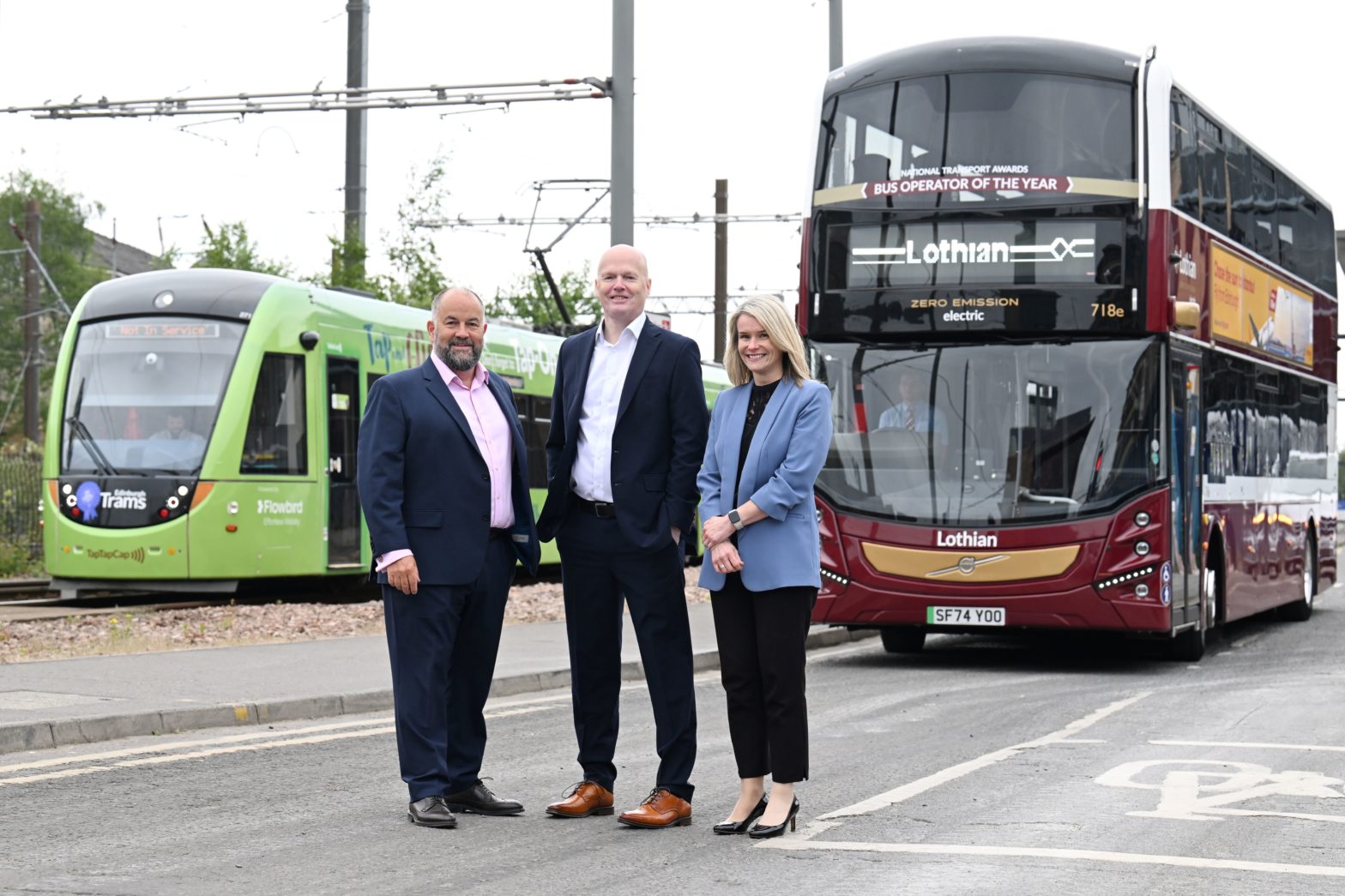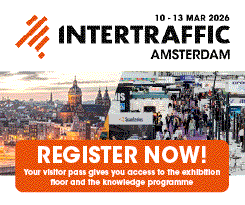
Edinburgh pioneers cloud-powered multimodal ticketing system
21 May 2025
by William Thorpe
Edinburgh has launched Scotland’s first multimodal, multi-operator account-based ticketing (ABT) system, underpinned by a cloud-based platform designed to modernise fare collection and simplify urban travel.
The city’s integrated approach brings together tram and bus networks under a single digital payment environment and can integrate both open loop and legacy closed loop schemes.
The new system connects Edinburgh Trams’ recently introduced Tap-On, Tap-Off (ToTo) scheme with Lothian Buses’ long-established TapTapCap platform, allowing passengers to move between modes using contactless cards or mobile devices, with automatic daily and weekly fare capping. The technology calculates the best fare across the entire journey, regardless of operator.
While trams operate on a zonal fare model requiring passengers to tap on and off, and Lothian Buses use a flat fare tap-on system, the platform harmonises these structures via the Flowbird CloudFare back office. This cloud-native system centralises fare policy, payment processing, asset management, and multi-operator integration.
“We believe that ToTo future-proofs the tramway with cutting-edge technology, making it easier and more efficient than ever to use the tram to glide across the city,” said Lea Harrison (pictured left), Managing Director of Edinburgh Trams.
David Thompson (pictured middle), General Manager – Transport at Flowbird, told Cities Today: “The bigger point here is that simplifying the passenger travel and payment experience through ABT, contactless payments and a cloud back office helps operators to increase ridership and be more agile in their service offerings, while contributing to a city’s societal, economic and environmental goals.”
Thompson explained that the platform enables operators to adapt quickly: “[Our] back office is a cloud platform that can be scaled to meet the needs of cities or regions of any size. It provides control over ticketing, payments, fares pricing and asset management, but can also give operators the ability to manage multiple third-party systems via a single sign-on.”
Bringing together the two existing fare structures—flat fare for buses and zonal for trams—posed significant technical and governance challenges.
An Edinburgh Trams spokesperson told Cities Today: “The major challenge was bringing these two pre-existing live systems together without any elements going offline. That meant meticulous collaboration across software development, system testing, updates to terms of use, customer-facing communications, and finalising commercial agreements.”
The integration also required a strong focus on public behaviour.
“Lothian Buses have used TapTapCap for years, so the biggest public-facing challenge was asking passengers to tap off on trams. That behavioural shift has been a core part of our marketing and communications campaign,” the spokesperson added.
According to Edinburgh Trams, the validators are installed on–and draw power from–existing lighting columns, reducing the need for additional street furniture and lowering infrastructure costs.
The system also brings real-time visibility into usage data, helping operators better understand passenger flows and optimise services.
“The main new data point we’ll get is where customers are ending their journeys. Previously, we could only estimate this,” the spokesperson said. “Now we’ll have a much better understanding of movement patterns and hotspots, allowing us to deploy staff more effectively, adjust peak services, and fine-tune infrastructure.”
This insight will also feed into future planning: “We’ll be able to identify areas for enhancement across the Edinburgh Trams network and react more strategically as demand evolves.”
Importantly, all previous ticketing options have been retained.
“If people are wary of contactless or still prefer to use cash, all their existing options remain,” Edinburgh Trams’ spokesperson said. “Once the system is embedded, we’ll review our ticketing products to make sure they continue to meet passenger needs.”
Image: Greg Macvean









